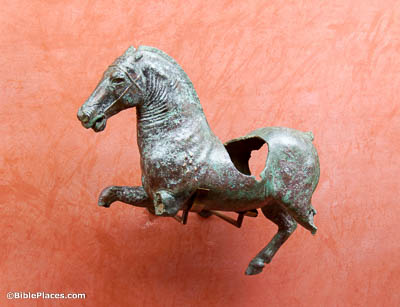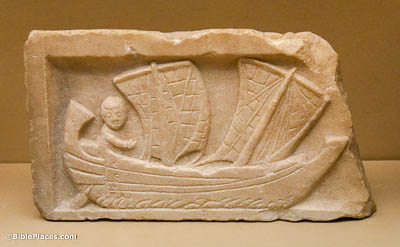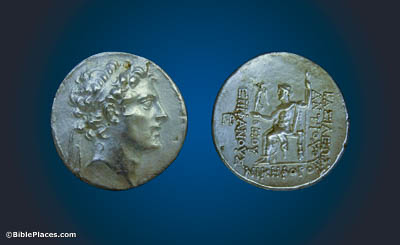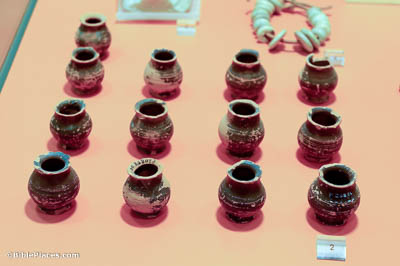We put bits into the mouths of horses so that they obey us (James 3:3).
The word “bit” (Gk. chalinos) refers generally to the bridle equipment (including bridle, bit, and reins), although only a portion of this equipment is actually placed inside the horse’s mouth (thus the common practice among English versions to translate it “bit”). This bronze statue of a horse was crafted with a clearly defined bridle. It dates to the first century AD and was found in Emerita Augusta (modern Mérida) in ancient Hispania.





